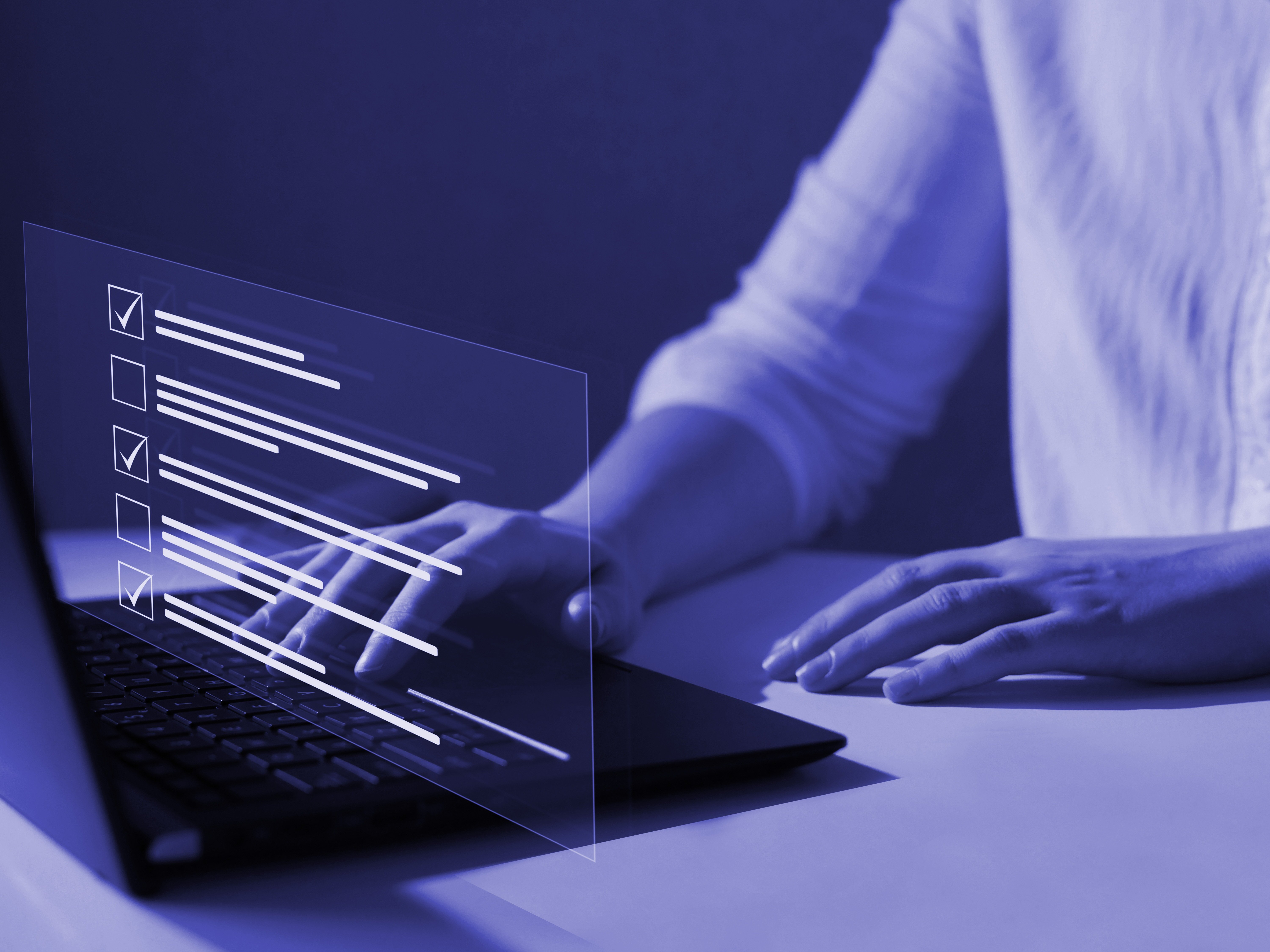Most organisations rely on perimeter security measures to protect their networks from cyberattacks. However, this is no longer sufficient. Recently, high-profile attacks have illustrated how sophisticated attackers have become and how they are finding ways to penetrate even the best-defended networks. To stay ahead of attackers, organisations must develop threat hunting capabilities and check for early signs of abnormal behaviour to detect and stop attacks before any damage is incurred.
In cyber threat hunting, an organisation’s environment is searched proactively for unknown vulnerabilities and undetected attacks. By collecting and analysing data from various sources inside and outside the organisation, threat hunters develop and test hypotheses about potential threats based on cyber threat intelligence, known attack techniques, and other information.
Cyber threat hunting makes it easier for organisations to identify and detect threats that they did not previously know existed when using other methods. This enables organisations to gain stronger protection by detecting and mitigating attacks and security gaps that would have been missed when using their existing security architecture.
The complexity and volume of cyber threats have been evolving at a dangerously rapid pace. Implementing proper cybersecurity measures has become more costly, as organisations and businesses of all sizes need qualified analysts, with inefficient manual processes adding more costs.
To improve cybersecurity operations and reduce costs, organisations can use Security Information and Event Management (SIEM) solutions to monitor and analyse operating behaviours in real time and log security data for analysis. Additionally, SIEM solutions can provide User and Entity Behavior Analytics (UEBA) using artificial intelligence and machine learning. Data and intelligence analysis software provide reports containing interactive charts and graphs, making it easier for cybersecurity providers to visualise and analyse data trends and identify unusual behaviour patterns.
The use of threat hunting can enhance the security posture and overall vigilance, cultivate a culture of proactive risk management and mitigation, and provide an enhanced picture of attack surfaces and adversary tactics for organisations.
These five steps are all you need to take effective action:
1. Measure Existing Threat Hunting Maturity
To determine whether an organisation is ready for threat hunting, it can evaluate its security posture and Security Operations Centre (SOC) efficiency. Additionally, organisations should assess their readiness by leveraging the combination of using a cybersecurity maturity model and collecting insights from various frameworks and threat databases.
2. Decide On The Right Threat Hunting Approach
After understanding their threat hunting needs and goals, organisations can start researching and finding the right software to perform threat hunting. A key part of that process is deciding whether to cultivate threat hunters within the organisation, outsource threat hunting to a third party, or develop a hybrid arrangement using both in-house and out-of-house expertise, also known as SOC as a Service (SOCaaS).
3. Address The Skills Gap
It seems that security upgrades are never ending as cybercriminals become more sophisticated, requiring dedicated resources to keep up with the demand. As a result of the skills shortage, recruiting cybersecurity professionals has been difficult. In response to ever-evolving threats and a lack of in-house cybersecurity skills, cybersecurity-as-a-service (CyberaaS) has grown in popularity as a way to deploy proactive defences without expanding IT resources. In the event of an attack, organisations can mitigate the damage by outsourcing or augmenting IT teams to include managed cybersecurity services.
4. Address The Tech Gap
In addition to opportunities, organisations must overcome critical obstacles, such as aggregating and analysing their entire data set to generate positive outcomes This is vital in today’s era of intelligence, where real-time analytics, predictive analytics, machine learning and AI can only prove useful based on the quality and quantity of data. Information and insight derived from big data analytics should be accurate, clear, timely, and actionable, with the underlying data being complete, trustworthy, and easily accessible.
It is a data-driven era in which we live. Taking advantage of advanced analytics with AI can identify early indications of compromise when there are a lot of data points to collect The tools to search and gather all the telemetry from an organisation’s ecosystem and having full visibility of the network are essential success factors for threat hunters.
When technologies fail to mesh with personnel structures and technology stacks, they can add more difficulties. Predictive AI-based threat hunting platforms are potential solutions to this problem as they integrate threat hunting tools along with comprehensive dashboards for exploring threat signals and vulnerable assets. For example, OwlGaze’s next-generation Blacklight software is revolutionising threat detection and ushering in a new cyber paradigm. By using these tools, any organisation can establish a centralised cybersecurity command centre that identifies, prioritises, and prevents cyber-attacks.
Learn more about how next-gen SIEM solutions are changing the game with our e-book.
5. Develop And Implement an Incident Response Plan
As threat hunting operations grow, security managers must develop a live incident response plan that can accommodate any changes in protocols for detection, reporting, triage and analysis, containment, and post-incident clean-up.
Ultimately, threat hunting involves proactively testing hypotheses, discovering evidence of threats, and developing passive detection methods. To minimise attacker impact and further secure an environment, organisations must prioritise proactive, hypothesis-driven discovery in the form of threat hunting in light of ransomware incidents and advanced persistent threats that continue to expose the stress points of traditional detection capabilities.
About Blacklight AI Platform
Blacklight, our proprietary AI-based Security Operations Platform, helps you secure, monitor and detect beyond your traditional SIEM. Blacklight is architected, designed and built using industry best practices, offering the maximum level of flexibility and extensibility.
Combined with SOC services, we provide the highest level of visibility into your organisation’s security for proactive monitoring.
Learn more: blacklightai.com
Follow us: linkedin.com/company/blacklightbyowlgaze
Book a demo: blacklightai.com/contact-us/
© 2024 Blacklight AI. All rights reserved. For permission to use the content on our website, please contact us at info@blacklightai.com

